|
||

|
||
A Message from the Director, Jian-Ping WangWelcome, everyone to the C-SPIN Quarterly Newsletter. Special thanks to STARnet program directors, SAB members, and C-SPIN industry associates for their efforts at the 3rd Annual Review to provide feedback on what C-SPIN has done and how C-SPIN can improve. Thanks also to all C-SPIN PIs, students, and postdoctoral fellows for their efforts at the Review. My attendance at SONIC and LEAST’s Annual Reviews was very fruitful. I would like to thank Prof. Naresh Shanbhag and his colleagues at SONIC and Prof. Alan Seabaugh and his colleagues from LEAST for hosting me. SONIC has done a great job pushing brain-inspired and Shannon-inspired computing schemes further, and LEAST center has generated a lot of exciting new devices. We did see many good collaboration opportunities between C-SPIN and these two centers. More discussion is underway, so stay tuned. I would like to give a big congratulations to Prof. Chris Palmstrøm for being named a National Security Science and Engineering Faculty Fellow (NSSEFF). Prof. Palmstrøm is one of only seven distinguished faculty scientists and engineers, to be named by the Department of Defense (DoD) for his pioneering effort on the growths of semiconductor materials. Last but not least, I appreciate the timely response by our PIs to push forward on some new spin device concepts in past quarter, including a C-SPIN invention, the spin switch. Thanks to Mike Lotti for his efforts to put the Newsletter together. It contains a good interview with Prof. Supriyo Datta, who is a world-leading figure on proposing and modeling different kinds of spintronics devices. |
||
2015 Annual ReviewA lot of rain and valuable information: that pretty much summarizes C-SPIN’s third Annual review. Organizers planned for a pleasant 48 hours of Minnesota autumn, but most participants got wet on one of many trips to the University’s newly renovated Northrup Auditorium. The general presentations were excellent (as usual), helping PIs, students, and industry representatives celebrate research from the past year and understand where C-SPIN is heading over the next 12 months. There were a record number of posters, and the industry session was (again, as usual) a great way for C-SPIN students and post-docs to expand career horizons. Formal and informal breakout sessions also strengthened the research teams that have formed since the Center began in 2013. We’ll hope for better weather at the next Annual Review, September 21-22, 2016, but expect the usual high level of scientific presentation and discussion. Read More. |
||
Q&A with Supriyo Datta Q: Briefly summarize your role in C-SPIN.
|
||
C-SPIN Welcomes New PIs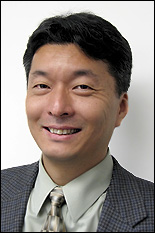
Ichiro Takeuchi Professor of Materials Science and Engineering at the University of Maryland, will be engineering Heusler alloys and other thin film materials along with some mutiferroic heterostructures for Theme 1. He has extensive experience studying Heusler alloys and developing novel electronic devices. Over the past decade, he has collaborated with Chris Palmstrøm and fellow new PI Ramamoorthy Ramesh on a number of projects. Ramamoorthy Ramesh, Professor of Physics and Materials Science and Engineering at the University of California, Berkeley, will primarily work on investigating and growing voltage-controlled perpendicular Heusler alloy/multiferroic structures (for Theme 1) and antiferromagnetic/multiferroic structures for memory applications (for Theme 4). 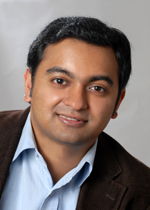
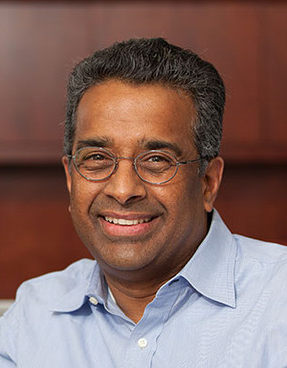
Professor Ramesh has a broad range of research experience in academia (over 16 years at Maryland and Berkeley), government (three years at the Dept. of Energy and Oak Ridge National Laboratory), and industry (six years at Bellcore). Ramesh’s C-SPIN work will be done in close conjunction with Sayeef Salahuddin, an Associate Professor of Electrical Engineering and Computer Sciences at Berkeley.
|
||
What Happened to Theme 3?Nothing, actually. With the departure of Bill Butler (to retirement) and Oleg Myrasov (to industry), Theme 3 was down to just three PIs. From an administrative and scientific viewpoint, it made sense to fold Theme 3's tasks under Theme 2 and the capable leadership of Roland Kawakami and Paul Crowell. This will probably make Theme 2 meetings a bit longer, but it will save time and paperwork for all involved. Appropriately, Theme 2 is now named "Spin Channel Materials & Interface Engineering." |
||
Post-Doc & Student ProfilesAnthony McFaddenPh.D. Candidate at the University California, Santa Barbara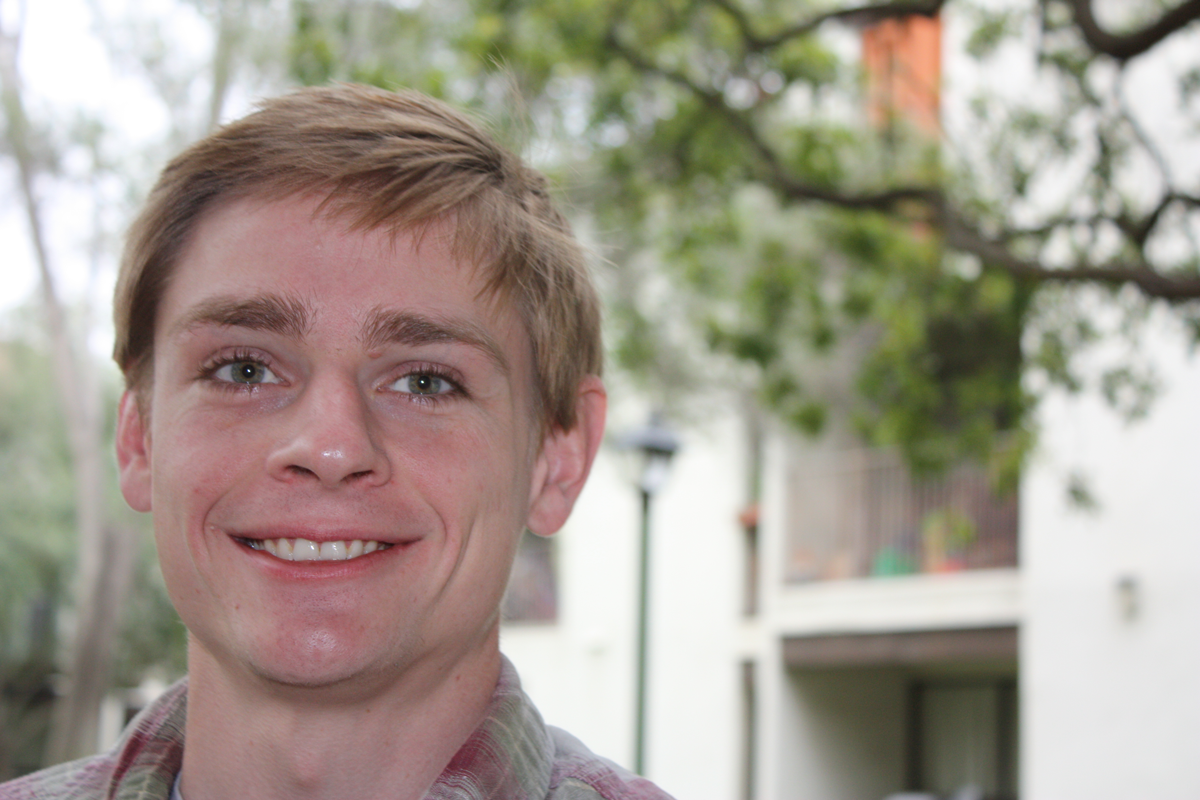
I'm currently focusing on heteroepitaxy of Heusler compounds using MBE and basic electrical measurements of tunnel junction stacks and heterostructures. Since MBE offers some control over interface formation, it’s an excellent way to study spin-transport through interfaces and interface magnetic anisotropy. These efforts mostly fall in Theme 1 (perpendicular materials) and Theme 3 (spin channel materials and interface engineering). I have also worked with 2D electron systems (2DES) confined to narrow band gap semiconductors with high spin orbit coupling for potential applications in spintronics and quantum computing. We have a few published papers on these subjects. Recently I've been involved with experimental efforts to study the interplay of conventional superconductivity and topological superconductivity in the quantum hall states of high-quality InAs quantum wells contacted with high critical field superconductors. Read more. Sam Oberdick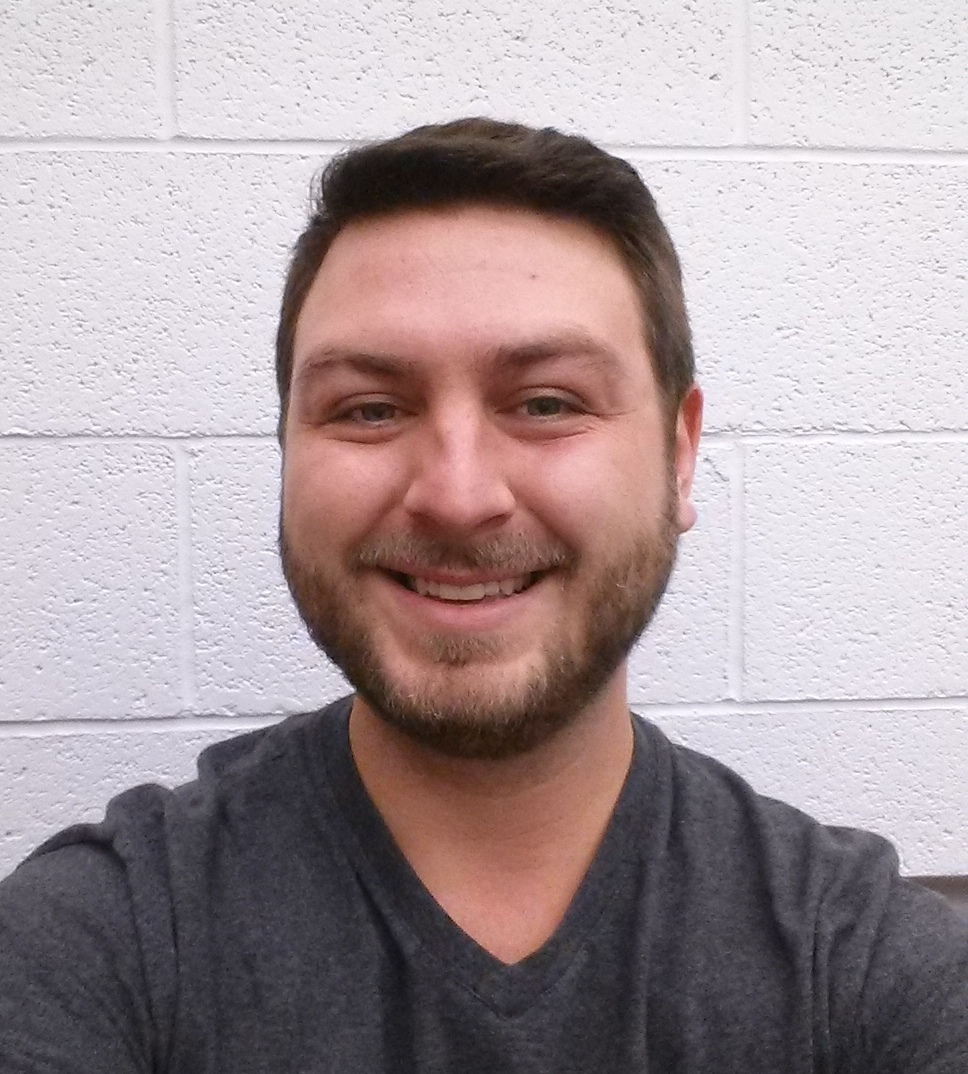
Ph.D. Candidate at Carnegie Mellon UniversityI am currently working on ways to use self-assembled arrays of nanoparticles as nanomasks for pattern transfer into functional magnetic materials. The goal of this Theme 1 project is to use 10 nm sized, monodisperse nanoparticles to generate patterned arrays out of perpendicular magnetic materials. I have also studied different routes for nanoparticle self-assembly, including templates and electric fields. I am also interested in the fundamental magnetic properties of nanoparticles. In particular, I use polarized small angle neutron scattering to probe the internal magnetic structure of nanoparticles. I have several publications related to this project and my C-SPIN work. Read more. |

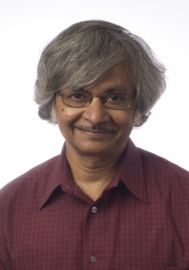 From the Director: Long before C-SPIN began, Supriyo Datta was thinking about spintronic computing. In fact, it’s safe to say that the field of spintronic computing – and thus C-SPIN itself – would not be as advanced as it is without Datta’s pioneering work. It helps, of course, that he is a great teacher as well as a great researcher – his students fill the ranks of universities and tech companies around the globe, pushing the edges of computing in every way imaginable. We were glad when he agreed to the following Q&A with Michael Lotti.
From the Director: Long before C-SPIN began, Supriyo Datta was thinking about spintronic computing. In fact, it’s safe to say that the field of spintronic computing – and thus C-SPIN itself – would not be as advanced as it is without Datta’s pioneering work. It helps, of course, that he is a great teacher as well as a great researcher – his students fill the ranks of universities and tech companies around the globe, pushing the edges of computing in every way imaginable. We were glad when he agreed to the following Q&A with Michael Lotti.